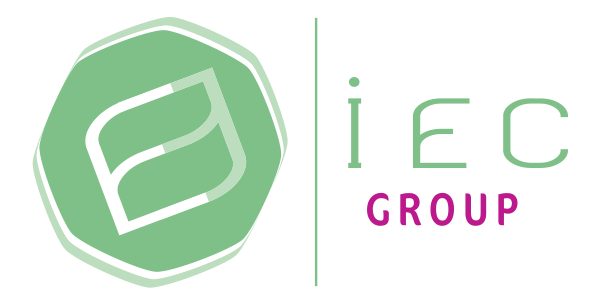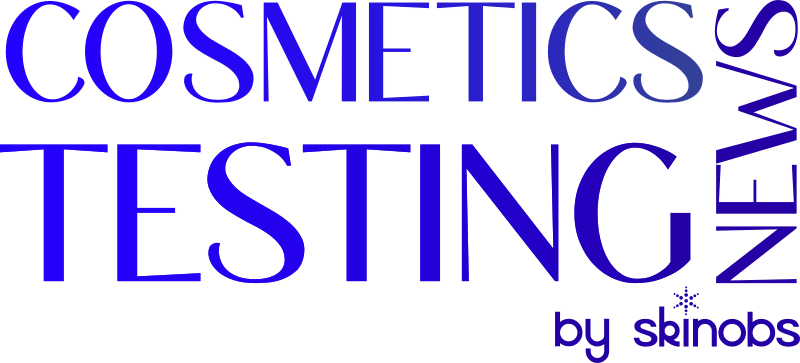Skin with imperfections is characterized by irregularities such as enlarged pores, blackheads, pimples and even acne, especially in oily skin or skin with an oily tendency.
These imperfections are caused by several factors: thickening of the epidermis (hyper-keratinization), excessive sebum production (hyper-seborrhea) and the multiplication of a bacterium (Propionibacterium acnes).
In order to evaluate the effects of a cosmetic product on skin imperfections, and to claim a decrease of imperfections/anti-imperfections, it is possible to monitor the evolution of various parameters such as the number of pimples, shine, sebum rate/flow, number and size of pores, and inflammation caused by bacterial flora.

To support product development or the justification of recommendations for “anti-imperfections” claim, IEC propose an In Use Test with, as a first option, a visual assessment by experts which may include a count of retention and inflammatory elements enabling non-comedogen and/or comedolytic claims to be attributed, a scoring of shine over the whole face, and the number and size of pores using photographic scales. These assessments can be carried out in the presence of the subject, or on the basis of photographs. These scorings are complemented by subjects’ self-assessments and specific consumer studies.
The above propositions can be objectified during kinetics and/or In Use Test by instrumental methods to reinforce claims, such as the seboregulating effect [Sébutape® / Quantiseb Station Monaderm], or a matifying effect by measuring skin shine linked to seborrhea on the whole face [ColorFace® –Newtone Technologies – QIMA Life Sciences] or in macro image [SkinCam®, Newtone Technologies] or monitoring sebum evolution [Sebumeter® or Glossymeter® – Courage & Khazaka].
An astringent effect by analyzing pores (surface area, density, apparent depth) using photos in parallel or cross-polarized light [Colorface®] or with the Visiopore® PP34 [Courage & Khazaka], which in addition to pore number and size can also measure the intensity of porphyrin produced by P. acnes, a marker of the evolution of the inflammatory and bacterial state of the skin. Porphyrin fluorescence intensity can be measured under UV light using ColorFace®.
The astringent effect can also be assessed using C-Cube® [Pixience] or Fringe Projection [Dermatop® or AEVA® – EOTECH].
Inflammation can be assessed using ColorFace® whole-face or SkinCam® macro-image, by monitoring acne lesion parameters (density, surface, color).
Inflammation (cytokines, fatty acids, PGE2) can also be determined from non-invasive epidermal samples [Synelvia- QIMA Life Sciences], which can be combined with anti-microbial activity, seboregulation and the qualitative and quantitative composition of sebum.
Spot imperfections and PIH are assessed by direct instrumental measurements [Chromameter®, Spectrophotometer®, Mexameter® – Minolta, SIAScope – Siametrics TM] or by photographic image analysis [Colorface, C-cube®], hyperspectral imaging [SpectraCam® or SpectraFace® – Newtone Technologies] and specific software [FrameScan – Orion Concept].
With its multi-tone panel due to the geographical distribution of its testing centers [Europe, Asia, Africa]: Caucasian [Bulgaria, France: Lyon & Saint-Etienne], Asian [Singapore, Japan, China, Korea], African [Cape Town, South Africa], the IEC Group offers a multitude of methodologies for evaluating the efficacy of cosmetic products against skin imperfections.
CONTACT





